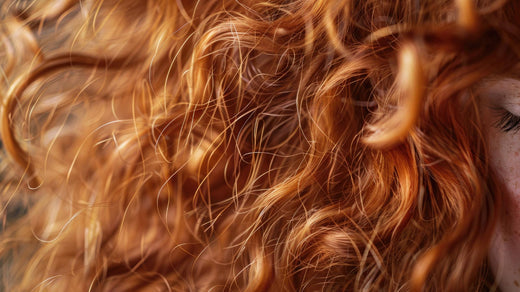
Transition to vegetal coloring
Table of contents
“The unknown” has been an enigma for humanity throughout history, referring to that which is beyond our understanding or has not yet been fully discovered. Some see it as a fascinating territory of exploration, while for others it generates fear and insecurity, giving rise to myths and superstitions.
At Radhe Shyam we have provided you with the necessary information so that what was unknown becomes a habit. At Radhe we guide you so that you can apply henna in the best possible way and the process is easier. Do you want to join this transition? Keep reading!

Become aware
Taking the first step towards quitting an ingrained habit, such as consuming synthetic chemical hair care products, marks the beginning of a journey towards a more natural and healthy approach to caring for our hair and skin. Hair, like the rest of our body, can become a chemical accumulator. Although some of these chemicals are gradually eliminated, others continue to damage the hair.
Despite being naturally strong and elastic, hair can be damaged by synthetic and aggressive treatments, such as excessive use of blow-dryers, flat irons, chemical dyes and straightening procedures that alter its structure. This can lead to increased porosity in the hair, where the cuticle is damaged and loses its protective capacity, leaving the hair more vulnerable to environmental damage and mechanical stress.
Serenity: Preparing and recovering your hair
To make this transition, we need to start synchronizing ourselves with natural rhythms and adjust to them. In addition, it is essential to maintain perseverance so that our efforts bear fruit. Therefore, before choosing the shade for our hair, it is essential to restore the health of our hair strands. Without a healthy hair base, an attractive color cannot be achieved.
If our hair has been damaged by synthetic dyes, before applying a vegetable dye, we must enrich it with nutrients such as cold-pressed oil to deeply hydrate the inside of the hair and repair its outer layer.

The Radhe Shyam Formula
Once we know that our hair is well hydrated and ready for a change, it is time to select the most suitable color combination. It is important to understand that plant dyes do not act in the same way as synthetic ones. Instead of lightening the base color, plants dye by depositing pigments. This means that they do not penetrate the hair by breaking the cuticle, but rather adhere to the surface.
With each application of the plant-based colour, we will deposit more pigment in the hair, obtaining more complete coverage. Over time, we will learn how to choose the right shade according to our base colour and the desired result.




Leave a comment
This site is protected by hCaptcha and the hCaptcha Privacy Policy and Terms of Service apply.